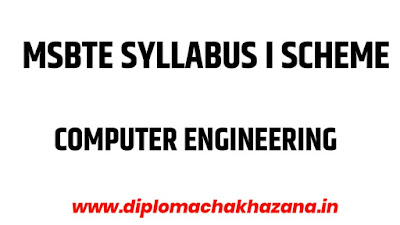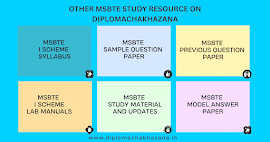Engineering Mathematics III
Engineering mathematics is a branch of applied mathematics concerning mathematical methods and techniques that are typically used in engineering and industry.
Historically, engineering mathematics consisted mostly of applied analysis, most notably: differential equations, real and complex analysis (including vector and tensor analysis).
The goal of this mathematics course is to provide high school students and college freshmen an introduction to basic mathematics and especially show how mathematics is applied to solve fundamental engineering problems. As well as to show the students why mathematics is important in an engineering career by demonstrating how simple engineering problems can be mathematically described and methodically analyzed to find a solution.
Unit I: Linear Differential Equations (LDE) and Applications
LDE of nth order with constant coefficients, Method of variation of parameters, Cauchy’s & Legendre’s DE, Simultaneous & Symmetric simultaneous DE. Modeling of mass-spring systems, free and forced damped and undamped systems.
Unit II: Transforms
Laplace Transform (LT): LT of standard functions, properties and theorems, Inverse LT, Application of LT to solve LDE. Fourier Transform (FT): Fourier integral theorem, Fourier transform, Fourier Sine & Cosine transform, Inverse Fourier Transforms.
Unit III: Statistics and Probability
Measure of central tendency, Standard deviation, Coefficient of variation, Moments, Skewness and Kurtosis, Correlation and Regression, Probability, Probability distributions: Binomial, Poisson and Normal distributions, Population and sample, Sampling distributions, t-distribution, Chi-square distribution.
Unit IV: Vector Differential Calculus
Physical interpretation of Vector differentiation, Vector differential operator, Gradient, Divergence and Curl, Directional derivative, Solenoidal, Irrotational and Conservative fields, Scalar potential, Vector identities.
Unit V: Vector Integral Calculus and Applications
Line, Surface and Volume integrals, Work-done, Green’s Lemma, Gauss’s Divergence theorem, Stoke’s theorem. Applications to problems in Fluid Mechanics, Continuity equations, Streamlines, Equations of motion, Bernoulli’s equation.
Unit VI: Applications of Partial Differential Equations (PDE)
Basic concepts, modeling of Vibrating String, Wave equation, one and two dimensional Heat flow equations, method of separation of variables, use of Fourier series. Solution of Heat equation by Fourier Transforms, Two-dimensional wave equation.









0 Comments
Please feel free to comment. Being diploma students We are always ready to help diploma Students